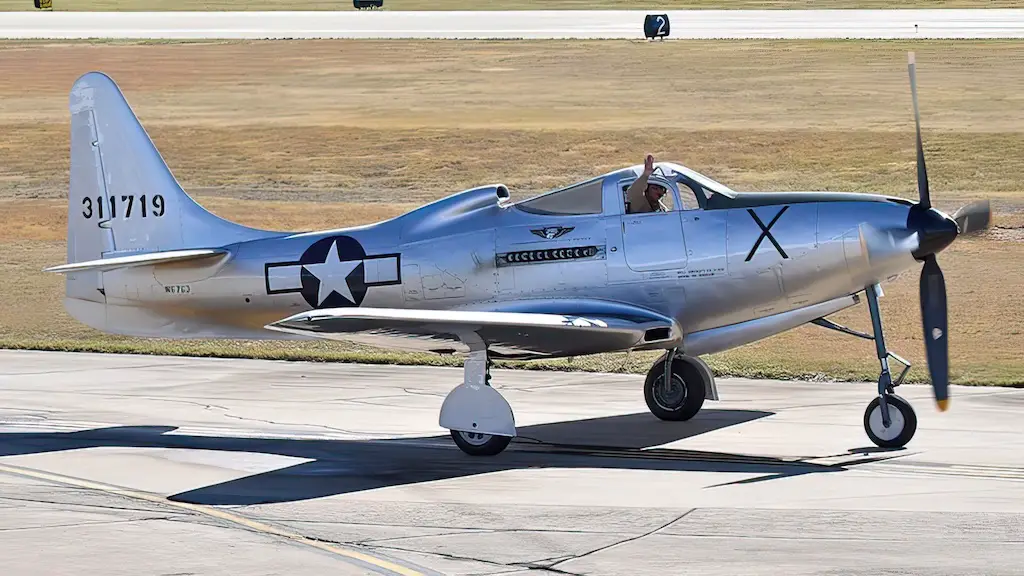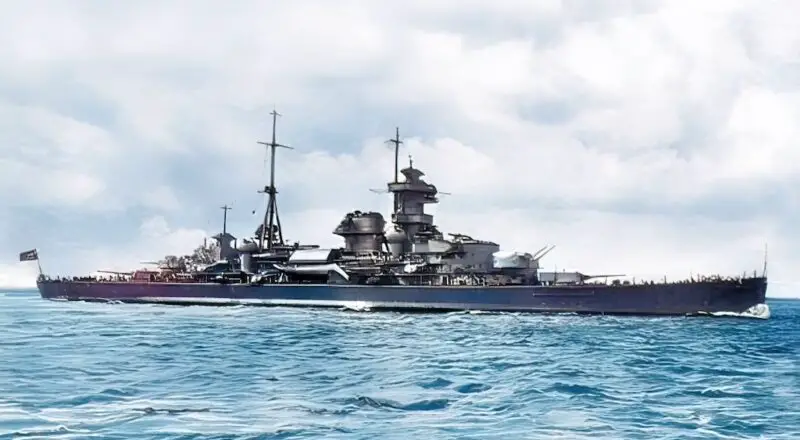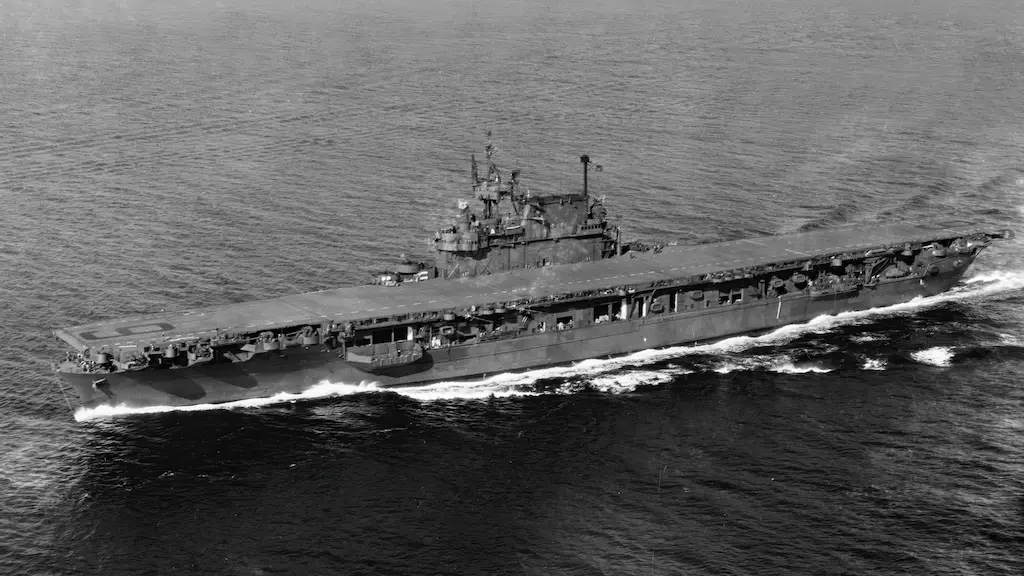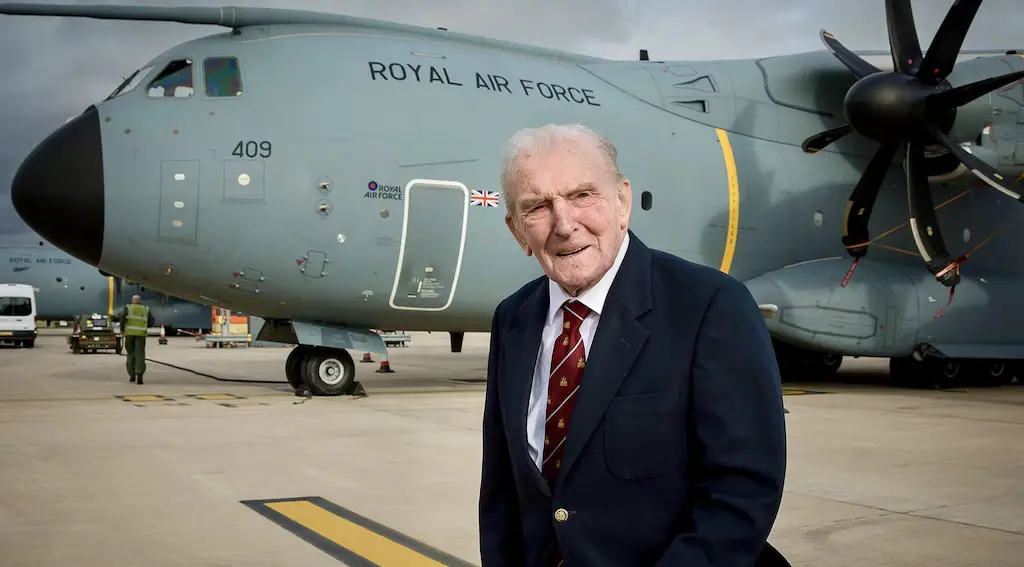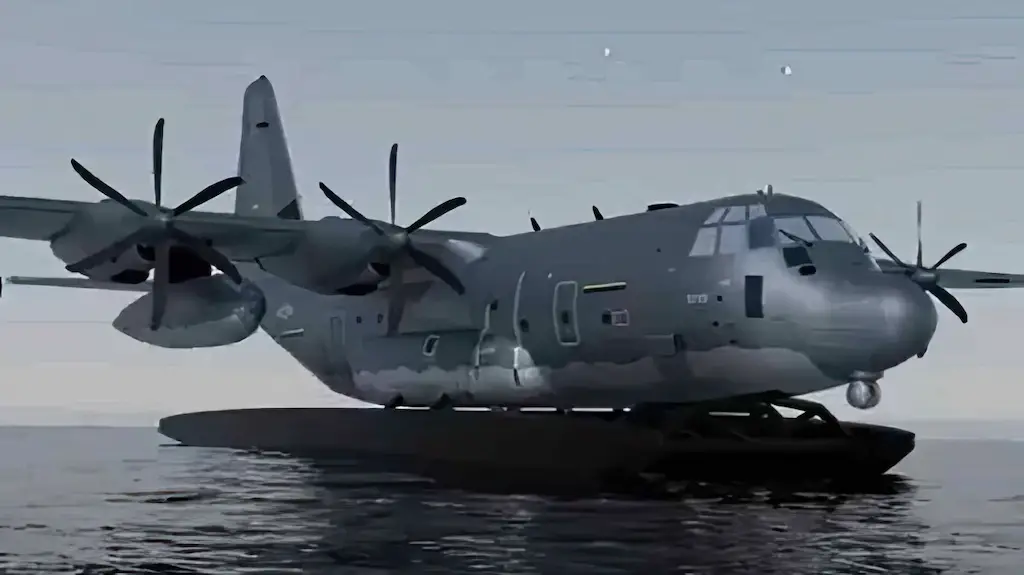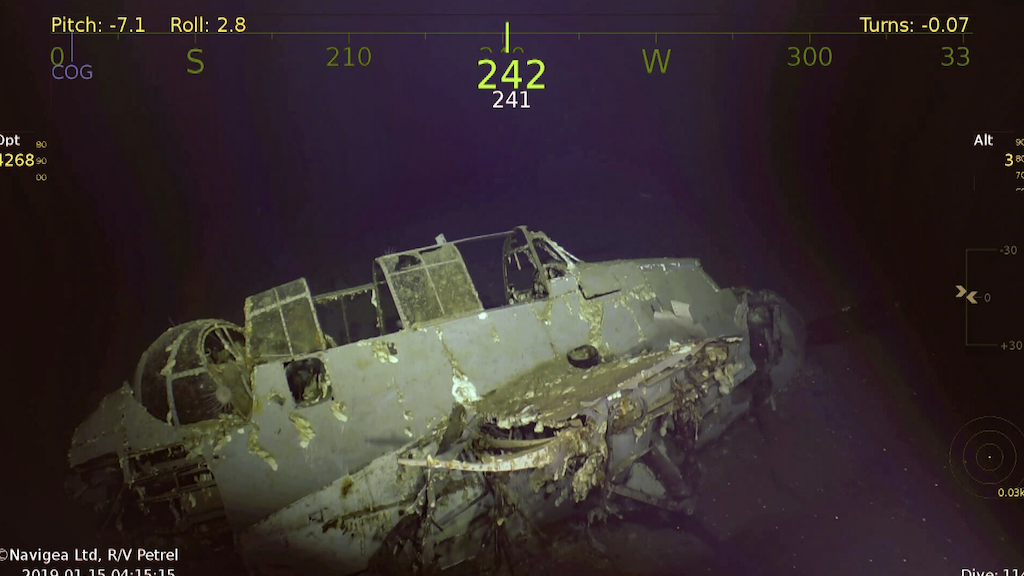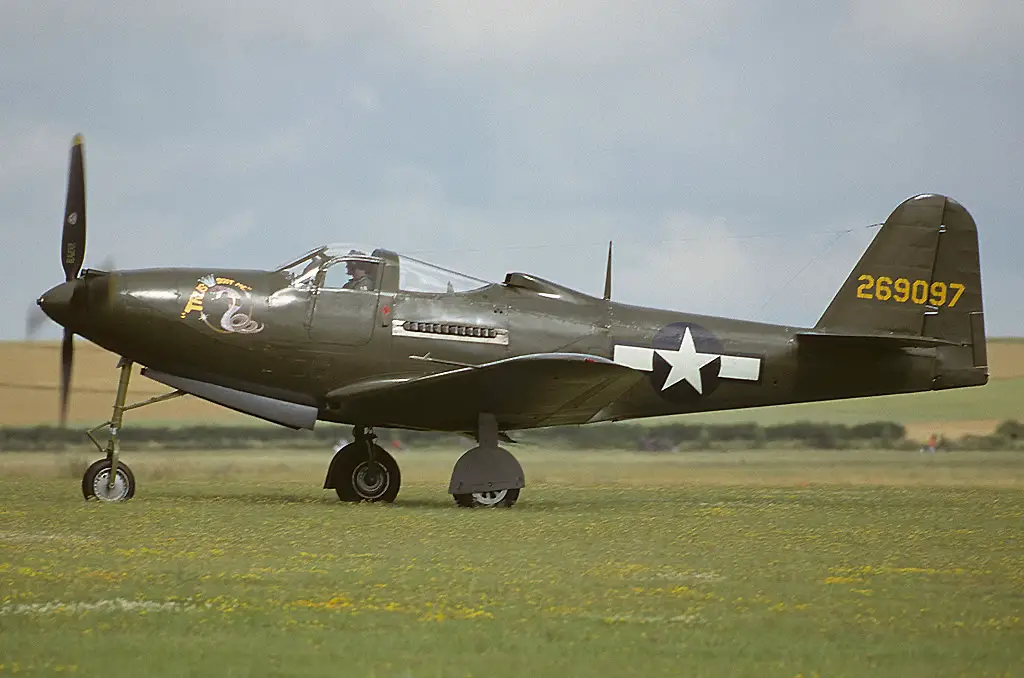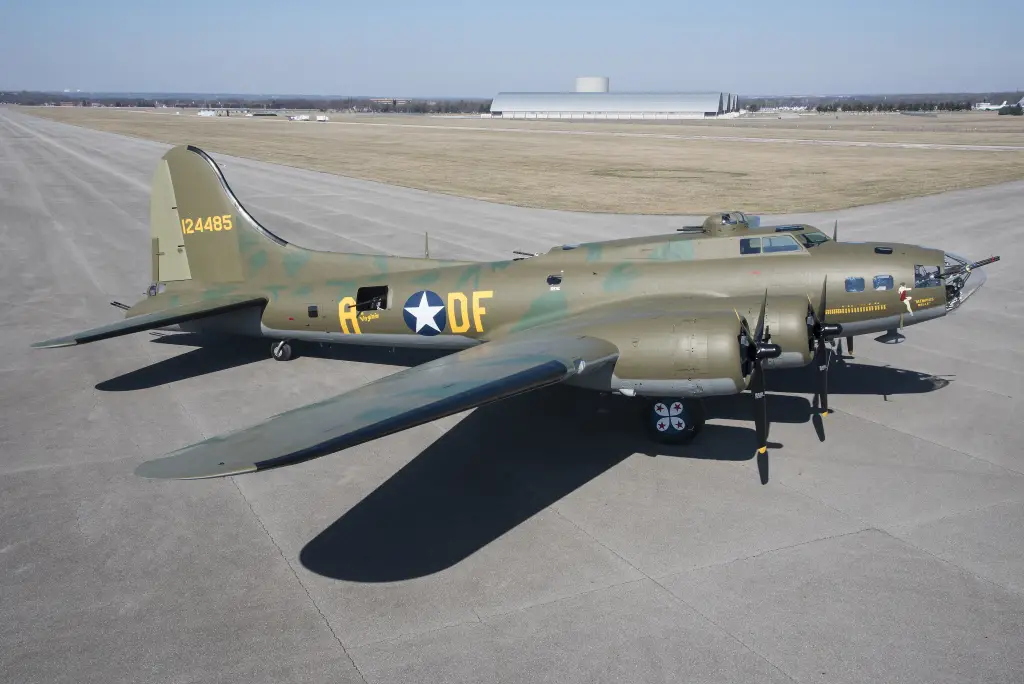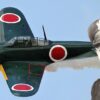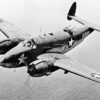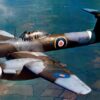Following the deadly November 12 collision between two World War II-era aircraft at Dallas Executive Airport, the National Transportation Safety Board (NTSB) has released its preliminary report on the ensuing investigations. Investigators are going to work diligently to pin down what exactly went wrong during the fateful air show that ended in the demise of six people.
Surrounding the Accident
The NTSB report confirmed what was shown in several videos taken by spectators. A Bell P-63F Kingcobra fighter banked into a single-file bomber formation, colliding with a Boeing B-17 Flying Fortress thus sending both aircraft crashing to the ground. The lone pilot of the P-63 and five people in the B-17 all perished; but luckily, people on the ground were spared.
The Commemorative Air Force, a non-profit organisation that preserves old aircraft and which happened to own the planes involved in the accident, identified those who lost their lives as Terry Barker, Leonard “Len” Root, Curtis “Curt” Rowe, Craig Hutain, Dan Ragan and Kevin “K5″ Michels.
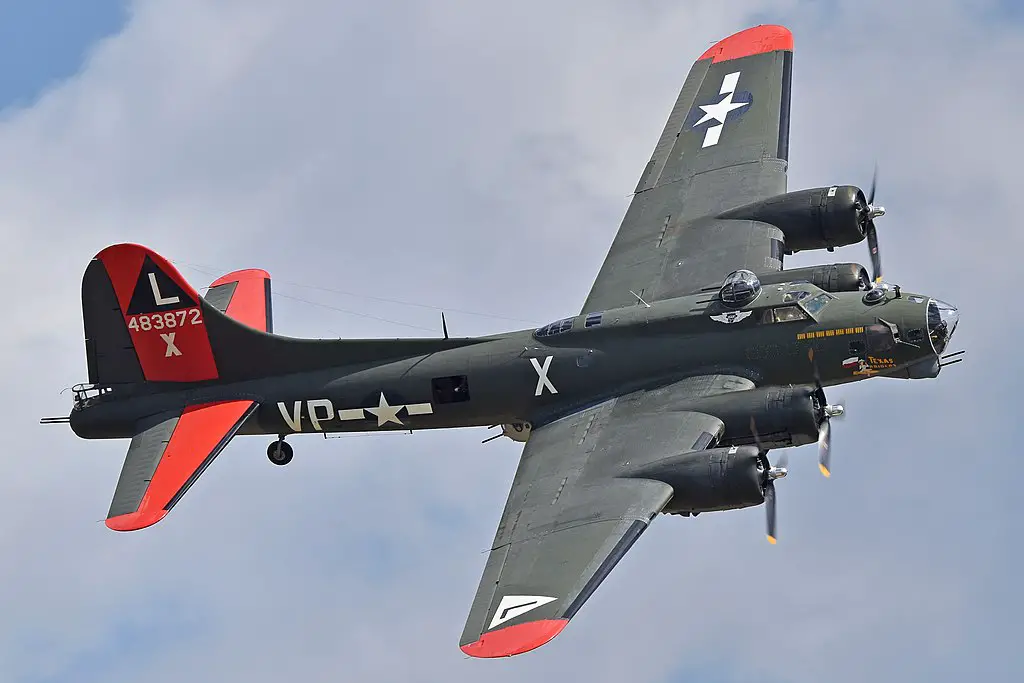
As the full report is still in the works, it did not answer what caused the P-63 to cross paths, and ultimately collide with the bomber. The answer is most likely going to be in the agency’s final report, albeit it might take an additional year to complete.
Richard J. Levy, a Flower Mound-based pilot with more than four decades of experience who has served as a crash-analysis expert witness also wondered whether the pilot of the P-63 was able to see the B-17 as he angled into his turn. This question was asked as other pilots have flagged issues with visibility out of the P-63 cockpit.
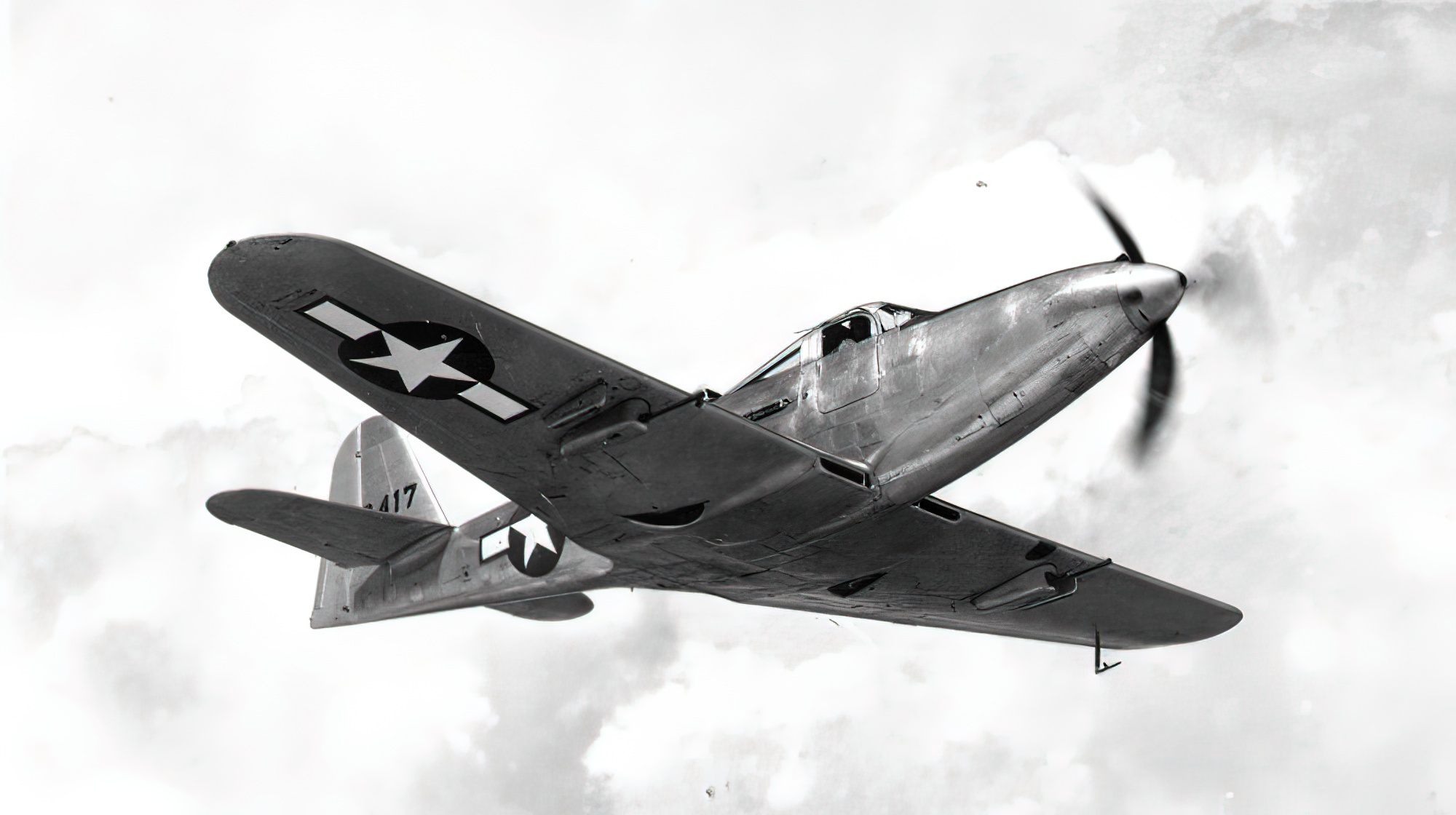
Preliminary Report
The P-63 was one of three planes taking part in a fighter formation, whereas the B-17 was one of five. Per the preliminary report, the air boss, the one who coordinates the show, ordered both formations to fly southwest of the airport’s runway before returning toward the display area where the spectators were watching the show.
The fighters were instructed to transition to a single-file trail formation, manoeuvre in front of the bomber formation, and fly down a line about 500 feet away from the spectators. The bombers in turn were told to fly down a line a little further, about 1,000 feet away from the spectators. The report did not mention whether either plane was out of its pre-assigned place.
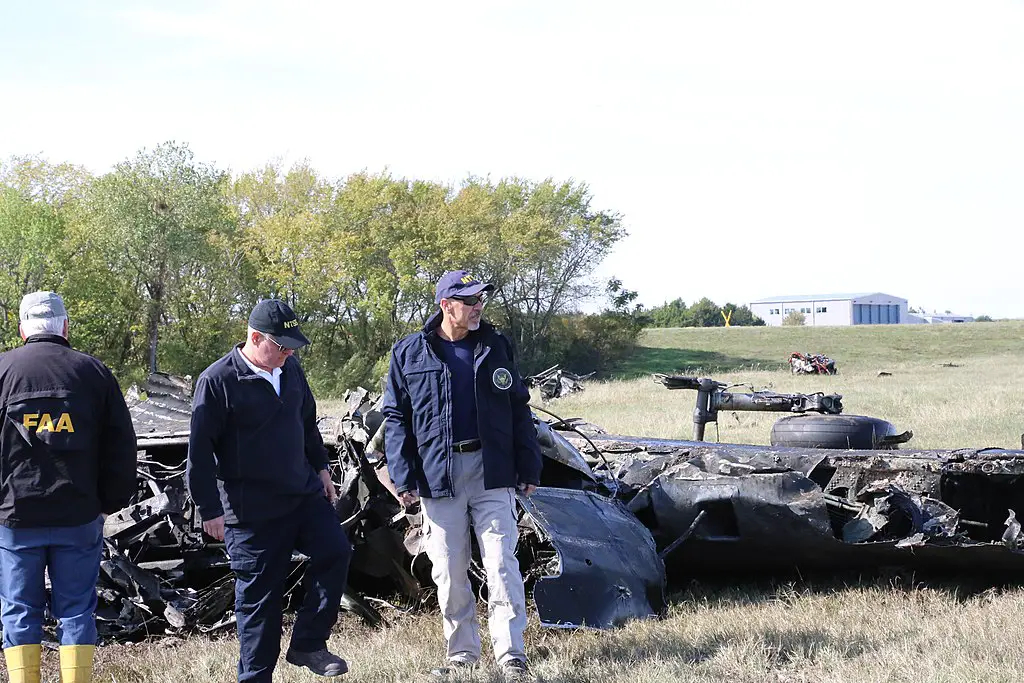
The report also mentioned that there were no “altitude deconflictions.” A deconfliction would’ve entailed a discussion regarding coordination and movements between the different aircraft sharing the same space. This would have been meant to reduce the chance of a collision during the show.
Hurdles
It remains unclear whether those discussions are standard for an air show. The air boss who oversaw the Wings Over Dallas show did not respond to an email seeking comment regarding this issue.
However, John Cudahy, the president and CEO of the International Council of AirShows, a trade group that sets standards for the performances, shed some light on that topic. He commented that “each show works under direction and circumstances that are unique to that show.”
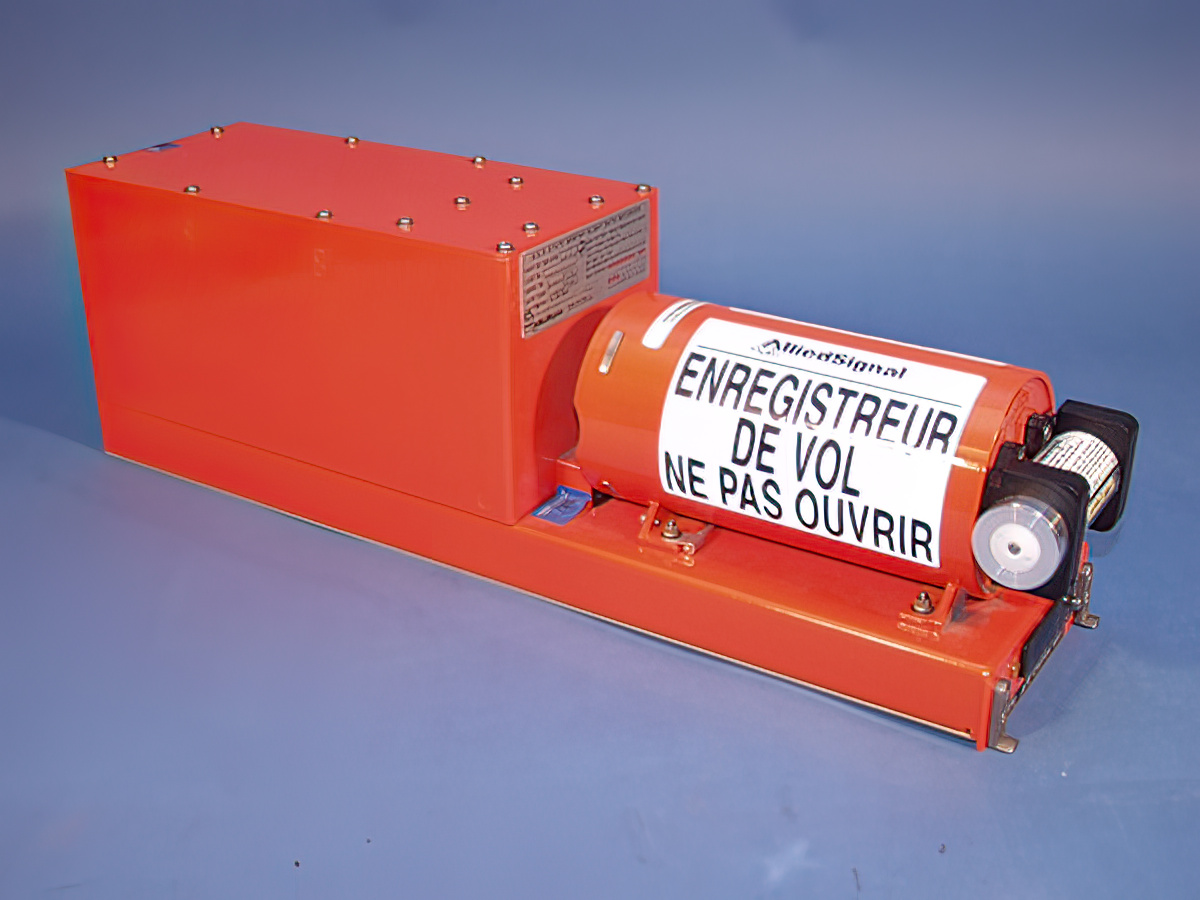
Both planes were said to have been equipped with ADS-B technology that transmits data including the aircraft’s speed and altitude relative to other aeroplanes. The problem is neither plane was equipped with a flight data recorder.
The recorder, commonly known as a “black box” (although it is actually orange), would have included hundreds of other parameters. Flight data recorders are required in commercial flights and airliners, Levy said, but given that they were not widely available in the 1940s when both planes involved in last month’s crash were manufactured, the chances of them having one would have been improbable.

